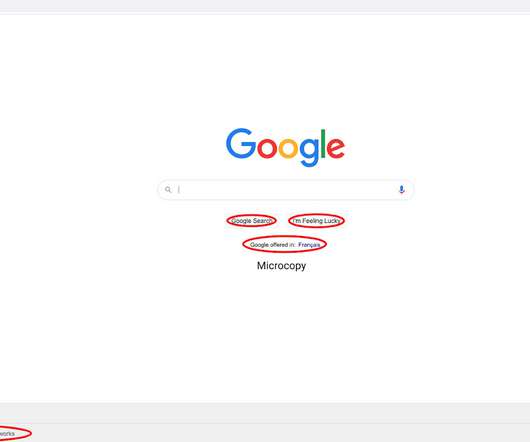Reboot Yourself: Take A Digital Detox Day
Beth's Blog: How Nonprofits Can Use Social Media
MARCH 4, 2016
I was an early adopter of using the Internet in 1992 where I had a virtual job working online for a program of the New York Foundation for the Arts called ArtsWire. I’ve found that it lights up different parts of my brain and helps think more creatively than starring at a screen or typing. Artist Tiles.














Let's personalize your content